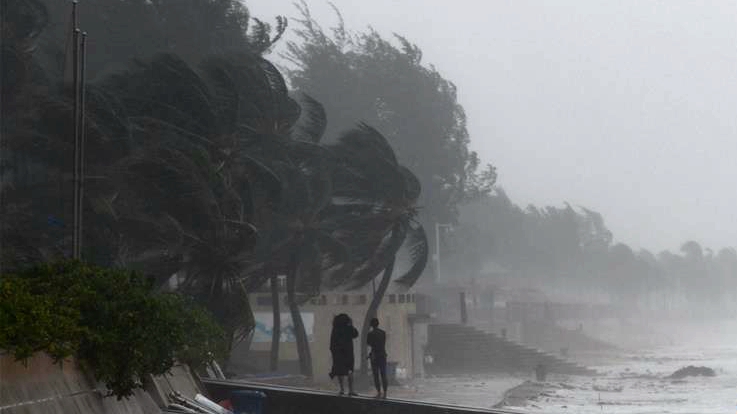Rail and air traffic disrupted as south China braces for typhoon
 0 Comment(s)
0 Comment(s) Print
Print E-mail Xinhua, October 14, 2020
E-mail Xinhua, October 14, 2020

The southern Chinese province of Hainan has suspended a number of ferry and train services and canceled some flights as the 16th typhoon of the year barrels toward land.
The Hainan provincial government issued the second-highest emergency alert for typhoon Nangka at 10 a.m. Tuesday as it was expected to make landfall in the coastal region between Wenchang and Lingshui in Hainan Tuesday evening.
Ferry operations across the Qiongzhou Strait between Hainan and Guangdong Province were halted from 3 a.m. Tuesday as a precaution against gales and downpours, according to the Hainan Maritime Safety Administration.
The city of Sanya ordered all schools to suspend classes from Tuesday noon to Wednesday, and all tourist sites in the city were temporarily closed. Schools in the cities of Lingshui and Wanning also suspended classes.
The typhoon also disrupted train services in Hainan. A total of 180 flights at the two airports in Haikou and Sanya had been canceled by 2 p.m. Tuesday.
Provincial flood control authorities have ordered more than 21,000 fishing boats to return to port and warned of geological disasters, floods in small and medium rivers, and waterlogging in cities. Tourist attractions and public beaches in the affected areas have been closed.





Go to Forum >>0 Comment(s)